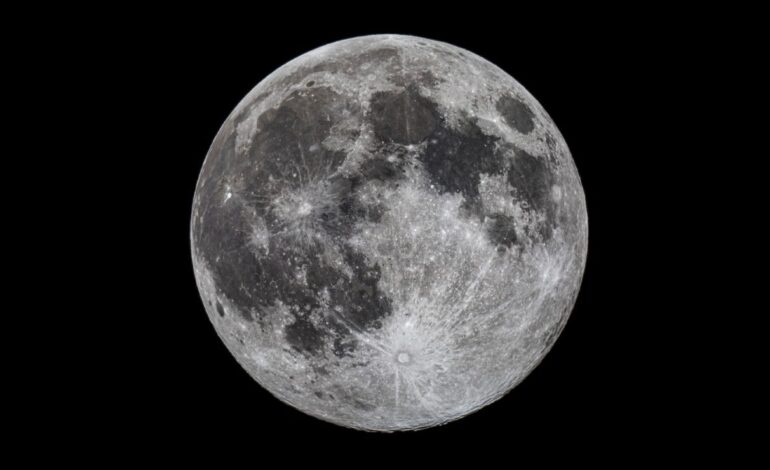Explore the Moon’s Landscapes: Identify Key Lunar Features

The moon, a constant presence in our night sky, has long been a source of wonder and scientific inquiry. Recently, a quiz has emerged, encouraging enthusiasts and curious minds alike to delve deeper into the moon’s geography and identify its significant features. This interactive experience offers a unique opportunity to learn about the moon’s history, including its geological evolution shaped by cosmic events and human exploration.
The quiz features prominent landmarks such as the dramatic Tycho and Copernicus craters, renowned for their distinct characteristics. Tycho, with its striking rays extending across the lunar surface, is one of the youngest craters on the moon. In contrast, the Copernicus crater showcases a well-preserved structure that reveals insights into the moon’s impact history. Both craters serve as essential markers for understanding the moon’s violent past.
Another significant area covered in the quiz is Mare Tranquillitatis, or the Sea of Tranquility. This vast, smooth plain is historically important as the landing site of the Apollo 11 mission on July 20, 1969, when astronaut Neil Armstrong became the first human to set foot on the moon. Such landmarks not only enhance our knowledge of lunar geography but also highlight the achievements of space exploration.
As participants engage with the quiz, they are challenged to recognize these features and their origins. The activity aims to enhance the understanding of how these formations came to be, offering clues about volcanic activity and the moon’s ongoing geological processes. The quiz appeals to both seasoned skywatchers and novice stargazers, making lunar exploration accessible to all.
With the growing interest in lunar science and exploration, resources like this quiz play a vital role in educating the public. Organizations like NASA continue to promote space awareness and discovery, fostering a deeper appreciation for our celestial neighbor. As humanity looks toward future lunar missions, understanding the moon’s surface becomes increasingly relevant.
In conclusion, the quiz represents an engaging way to explore the moon’s fascinating landscapes. It invites participants to not only learn but also to appreciate the intricate details that define our nearest celestial body. Whether you are an experienced astronomer or simply curious about the night sky, this interactive experience promises to illuminate the mysteries of the moon like never before.






